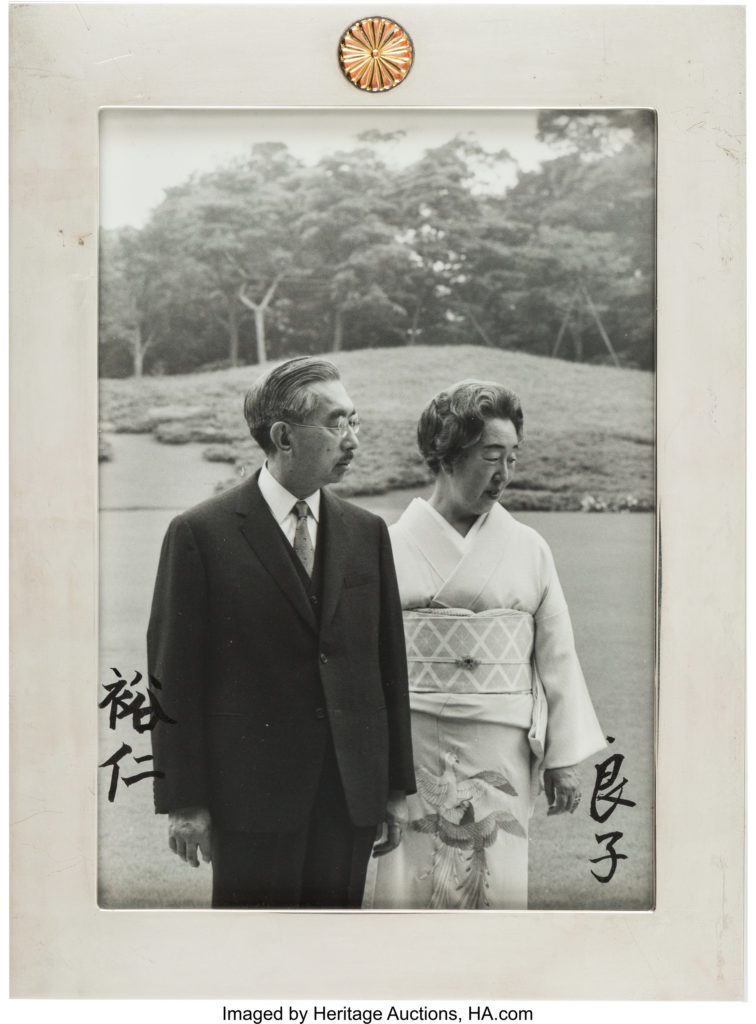
By Jim O’Neal
If history is any guide, the month of August will arrive right on schedule. Inevitably, it will be accompanied by yet another birthday (no. 82 if my math is correct) and intellectual debates over the use of atomic bombs dropped on two Japanese cities in August 1945. Despite the passage of 74 years and the fact that it ended World War II, it remains the most controversial decision of a long, bloody war.
As a reminder, President Franklin Roosevelt had died in April 1945 soon after the start of his record fourth term in office. Vice President Harry Truman had taken his place and the new president attended a conference in defeated Germany to discuss how to persuade or force Japan to surrender. Persuasion was not really an option since the Empire of Japan was firmly committed to continue even if it resulted in the annihilation of its people and the total destruction of their country.
They had demonstrated their resolve during the bloody island-by-island fighting that left the Japanese mainland as the final target. Another amphibious landing was ruled out due to the expected enormous loss of life and an oath of 100 million inhabitants to fight until killed. Estimates vary on how many Americans would die … but they were all too high.
One strategy was to simply blockade all their ports and use our overwhelming air superiority to bomb them until they relented. But President Truman had a secret weapon and was fully prepared to use it if Japan resisted.
On July 26, 1945, Truman, British Prime Minister Winston Churchill and President Chiang Kai-shek of the Republic of China signed the Potsdam Declaration that warned the Japanese that if they did not agree to an “unconditional surrender,” they would face “prompt and utter destruction.” In addition, 3 million leaflets were dropped on the mainland to be sure the people were aware of the stakes and perhaps help pressure the leadership.
Afterwards, critics of what became the nuclear option have argued it was inhumane and violated a wartime code-of-ethics, perhaps like mustard gas or the chemical weapons ban we have today. However, it helps to remember that the avoidance of attacking non-combatant civilians had long been discarded by the mass bombings of European cities (e.g. the infamous firebombing of Dresden). And then the even more brutally systematic firebombing of Japanese cities. Destruction became the singular objective, knowing that ending the war would save more lives than any precision bombing.
Case in point is Air Force General Curtis LeMay, who arrived in Guam in January 1945 to take command of the 21st Bomber Command. His theory of war is eerily similar to General William Tecumseh Sherman’s “March to the Sea” in the Civil War. LeMay explained: “You’ve got to kill people, and when you kill enough, they stop fighting.” Precision bombing had given way to terror attacks that included civilian deaths indiscriminately.
Importantly, Lemay had just the right equipment to destroy Japan’s highly flammable cities filled with wooden houses. First was a highly lethal weapon called the M-69 projectile developed by Standard Oil. It was a 6-pound bomblet that consisted of burning gelatinized gasoline that, when stuck to a target, was inextinguishable. Second was a fleet of B-29 Superfortresses, ideal for continental bombing. They were powered by 4×2200 hp engines with a crew of 11 and a range of 4,000 miles. On March 9 … 344 B-29s began dropping M-69s over Tokyo in a crisscross pattern that merged into a sea of flames. The result was 90,000 dead and another million homeless. The victims died from fire, asphyxiation and buildings falling on them. Some were simply boiled to death in superheated canals or ponds where they sought refuge from the fire.
Over the next four to five months, they attacked 66 of Japan’s largest cities, killing another 800,000 and leaving 8 million homeless.
Despite this demonstration of power, the Japanese formal reply to the Potsdam Declaration included the word “mokusatsu,” which was interpreted as an imperial refusal. It was on this basis that Truman gave the order to proceed with bombing Hiroshima on Aug. 6. He left Potsdam and was at sea when the ship’s radio received a prearranged statement from the White House: “16 hours ago, an American airplane dropped one bomb on Hiroshima … it is an atomic bomb … it is harnessing the basic power of the universe.” Three days later on Aug. 9, a second bomb was dropped on Nagasaki.
Japanese Emperor Hirohito agreed to capitulate and an imperial script announcing the decision to the Japanese people was recorded for radio broadcast. Most Japanese had never heard the emperor’s voice.
As the moral arguments continue about the use of atomic weapons on people (in WWII), I find it to be a distinction without a difference … at least compared to having one of Lemay’s little M-69s stuck on my back.
 Intelligent Collector blogger JIM O’NEAL is an avid collector and history buff. He is president and CEO of Frito-Lay International [retired] and earlier served as chair and CEO of PepsiCo Restaurants International [KFC Pizza Hut and Taco Bell].
Intelligent Collector blogger JIM O’NEAL is an avid collector and history buff. He is president and CEO of Frito-Lay International [retired] and earlier served as chair and CEO of PepsiCo Restaurants International [KFC Pizza Hut and Taco Bell].
